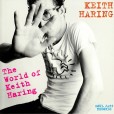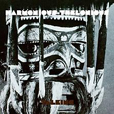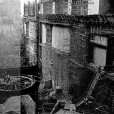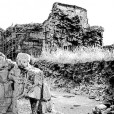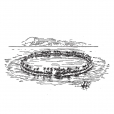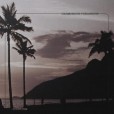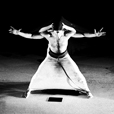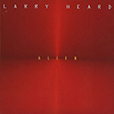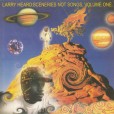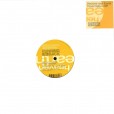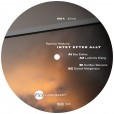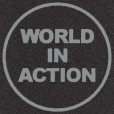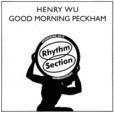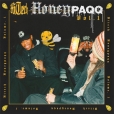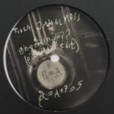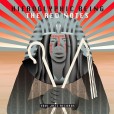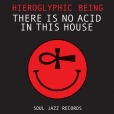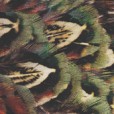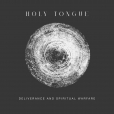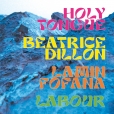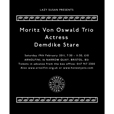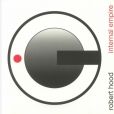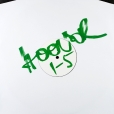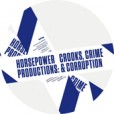Your basket is empty

Deadly 1990 outings by the This Heat drummer — grooving, stripped, moody assassinators — with Versions by Maxmillion Dunbar and JD Twitch, evoking Photek, Premier, Giallo, Belgian acid…
Ljudverket celebrates its tenth release with this characteristically skilled, open-air blend of field recordings and organic, dubwise techno in the tradition of Basic Channel, filled with keen senses of its own particular natural terrains and atmospheres.
‘The thunder and rain of Bas Emfas passes to blue skies above shimmering water, in Luminös Klang. The cerebral jam Konflux Sekvens gives way to the deep emotions of Sonisk Morgonsyn, to close the journey.’
Hyvää syntymäpäivää.
‘Recorded across East London, South-East Kent and Snaresbrook Crown Court during what is described as “the UK media’s attempt at divining integrity from the orchestrated turbulence of Brexit”, with the record setting out to “juggle the documentation of this particular moment with the desire to discern motivation from despair”. World In Action takes in field recordings, woodwind freakouts and percussion from Valentina Magaletti amongst other elements’ (The Quietus).
Four dazzling, extended engagements with mbalax master-drumming.
The contribution from Holy Tongue is chase-the-devil steppers — thumping, clangorous, reverberating — super-charged with energy and atmosphere. From the off, drummer Valentina Magaletti detonates a hard rain of small bombs, rounds of fire, ticking fuses. Musical co-ordinates are somewhere between classic On-U Sound crew like African Head Charge, The Mothmen, and Creation Rebel, and the experimental funk of the Pop Group and 23 Skidoo, at their funkiest. Thrillingly, the two dubs are increasingly deranged.
Adjusting the same wavelengths as her superb Workaround LP, Beatrice Dillon plays spaced-out, abstract synth-work against the bodily physicality of the ancient, shifting mbalax rhythms. The music is poised, mindful, tentative; but also limber, fleet, and magical.
Phantasmagorical and efflorescent, Lamin Fofana’s one-two is simply stunning. Both excursions are wide-open, beautiful, epic, and propulsive — the first mix is banging and headlong, the second more syncopated and serpentine — teeming with freshly sublime, funkdafied updates on Jon Hassell’s Fourth World possible musics.
The two parts of LABOUR’s Etu Keur Gui engage the same sequence of drum patterns (called bakks) from different perspectives. The duo performed portions of this piece at the opening ceremony of the Dakar Biennial in 2022, at the Grand National Theater, with thirty sabar players from the family of Doudou Ndiaye Rose. This Wolof phrase for the inside-yard of a home — a meeting-place, an architectural breather — doubles here as a metaphor for inner space on a metaphysical level; and Pan Sonic, Muslimgauze, Zoviet France, early Shackleton… all ghost across the threshold.
Performing live at the Arnolfini in Bristol, on Saturday February 19.
A mighty cornerstone of minimal techno, released just after Minimal Nation, thirty years ago. Murder like Minus.
